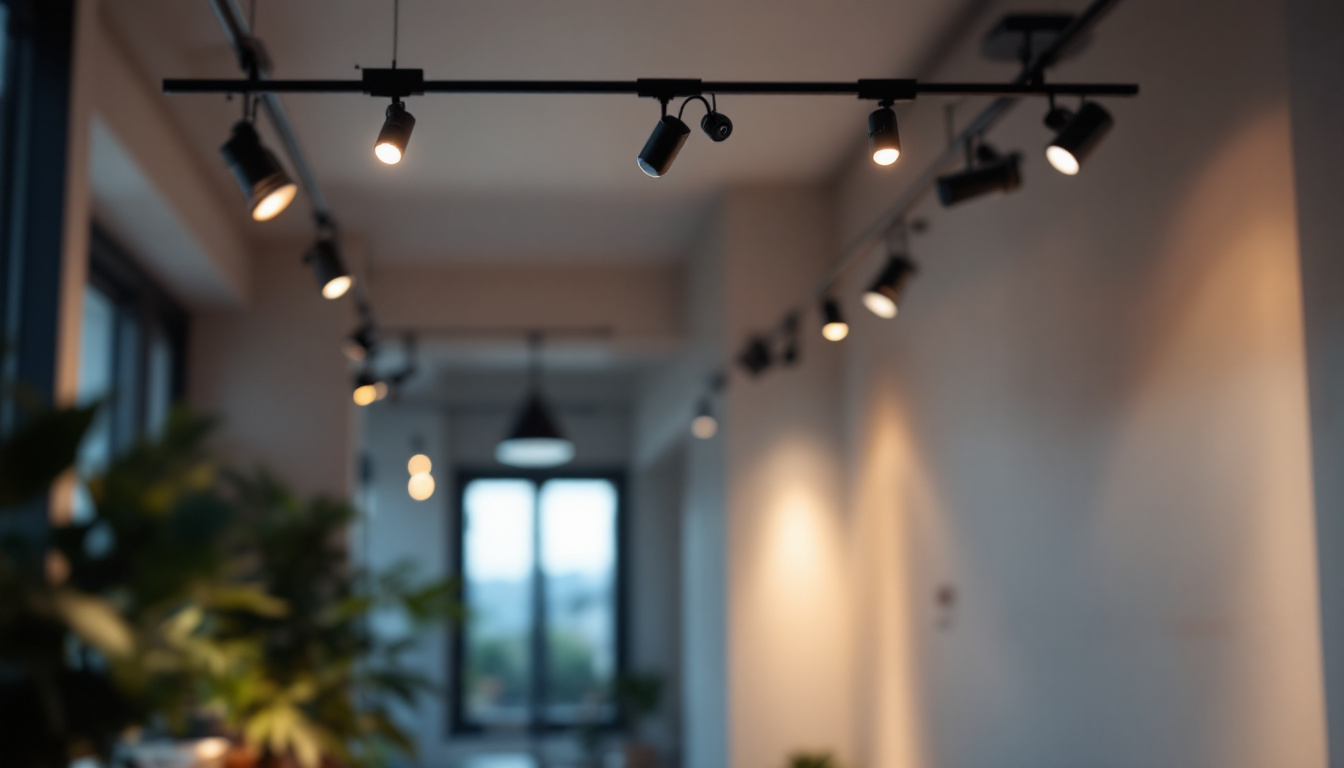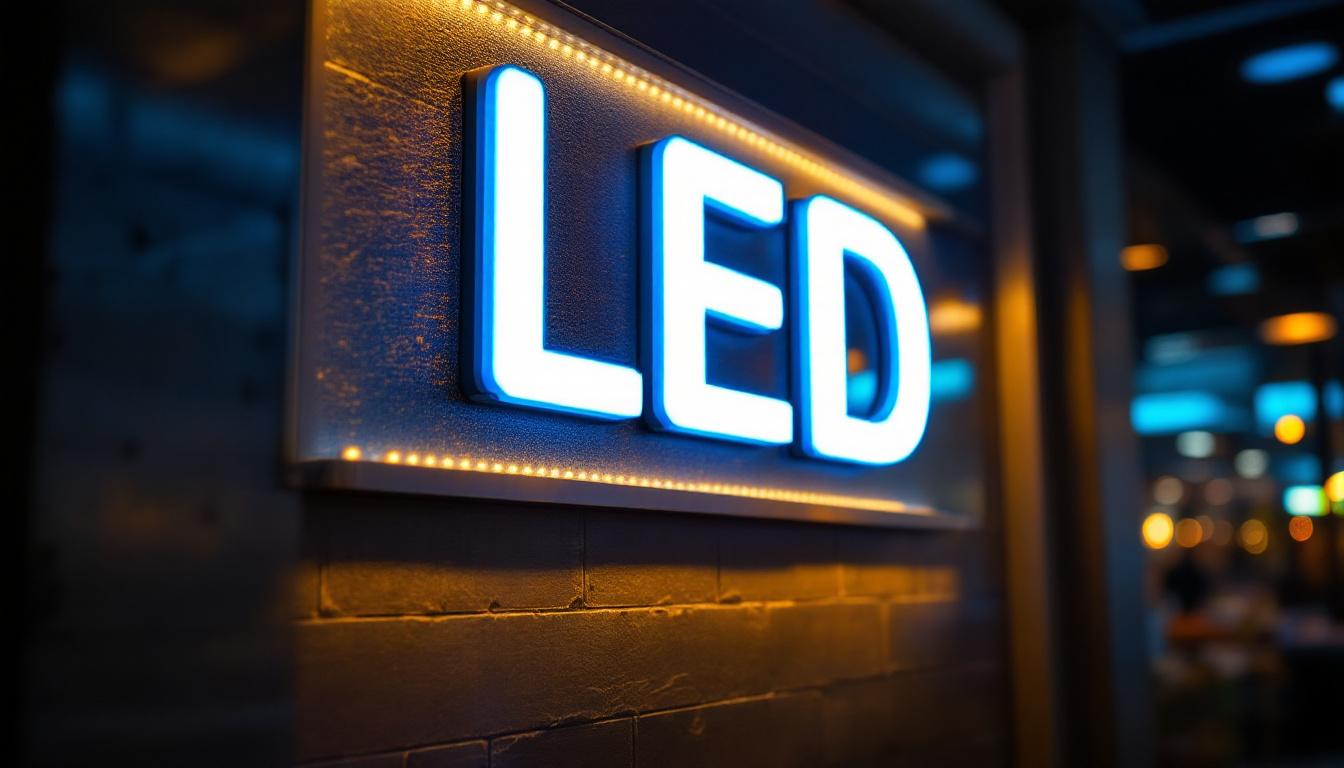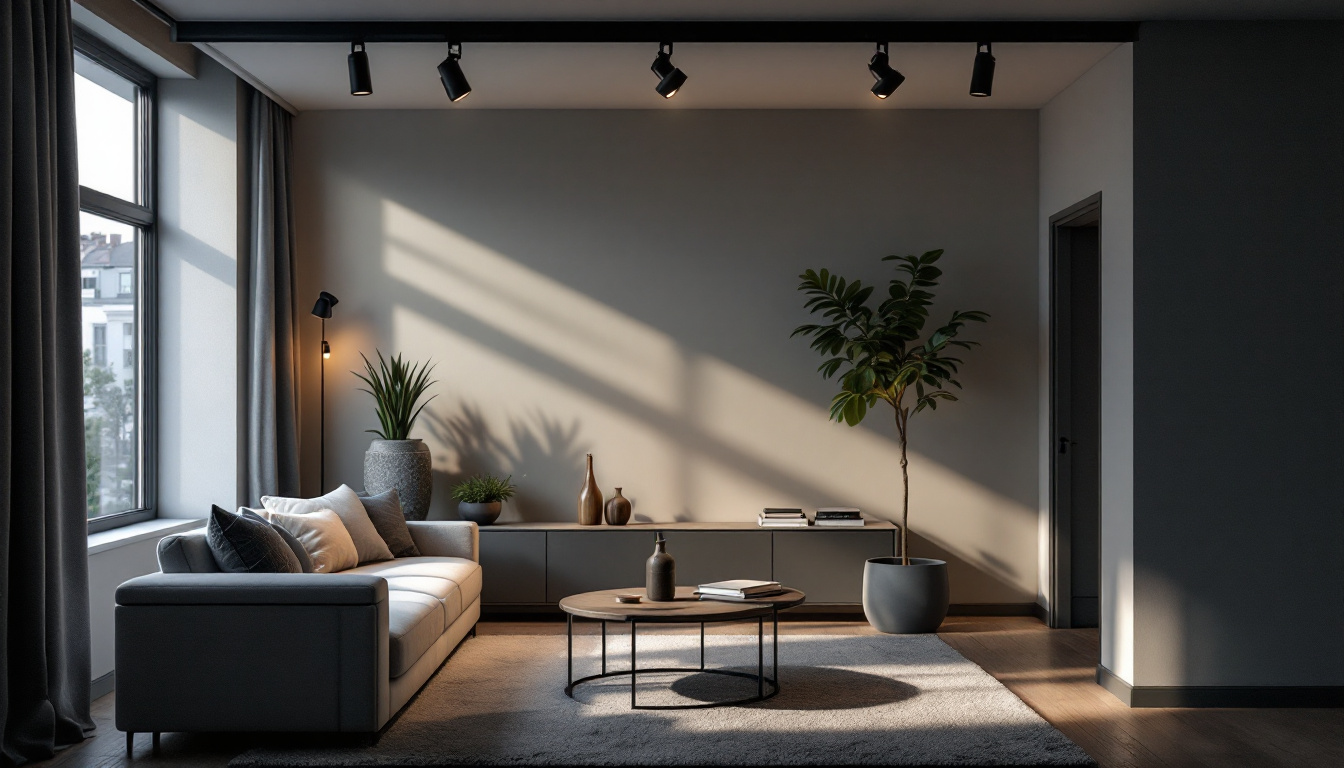
track lighting systems have become a staple in modern interior design, offering versatility and functionality that can elevate any space. For lighting contractors, mastering the art of track lighting not only enhances their service offerings but also ensures client satisfaction. This article delves into the top strategies that lighting contractors can employ to maximize the effectiveness of track lighting systems.
Before diving into strategies, it is essential to grasp the fundamentals of track lighting. This type of lighting consists of a track mounted to the ceiling or wall, equipped with adjustable fixtures that can be positioned to highlight specific areas or features within a room. The flexibility of track lighting allows for both ambient and task lighting, making it a popular choice among homeowners and businesses alike. Its adaptability makes it suitable for various applications, from showcasing artwork in galleries to illuminating workspaces in offices.
There are several types of track lighting systems available, each with unique characteristics. The three primary types include:
Understanding these variations helps contractors choose the right system for their clients’ needs. Additionally, the choice of track lighting can significantly influence the mood and functionality of a space. For instance, H-type tracks are ideal for residential environments where flexibility is paramount, while J-type tracks might be favored in retail spaces where a uniform look is essential.
Track lighting offers numerous benefits, making it an attractive option for both contractors and clients. Some of the key advantages include:
Moreover, track lighting can be integrated with smart home systems, allowing users to control brightness and color temperature remotely. This level of control not only enhances convenience but also contributes to energy savings by enabling users to turn off lights in unoccupied areas. Furthermore, the sleek and modern design of track lighting can complement various interior styles, from minimalist to industrial, making it a versatile choice for any decor.
When planning a track lighting installation, several design considerations come into play. Understanding these factors can significantly impact the effectiveness of the lighting solution.
Before selecting a track lighting system, it is crucial to assess the space where it will be installed. Factors such as ceiling height, room dimensions, and existing architectural features should be taken into account. For instance, higher ceilings may require more powerful fixtures or additional tracks to ensure adequate illumination. Additionally, the layout of furniture and the intended use of the space can influence the placement of the track lighting. For example, in a living room, positioning the lights to highlight art pieces or architectural details can create focal points that draw the eye and enhance the overall ambiance.
The choice of fixtures is another critical aspect of track lighting design. Contractors should consider the following:
Moreover, it’s essential to consider the beam angle of the fixtures. A narrow beam angle can create a spotlight effect, perfect for highlighting specific areas or objects, while a wider beam angle provides broader illumination, making it suitable for general lighting. This selection can dramatically influence how the light interacts with the space and can be tailored to meet the specific needs of the environment.
Effective lighting design often involves layering different types of light. Track lighting can serve as one layer, but it should be complemented with ambient lighting and accent lighting to create a well-rounded illumination scheme. This approach not only enhances functionality but also adds depth and dimension to the space. For instance, combining track lighting with wall sconces or floor lamps can create a warm, inviting atmosphere while ensuring that every corner of the room is adequately lit.
Additionally, utilizing dimmers with track lighting can provide versatility, allowing users to adjust the brightness according to the time of day or activity. This flexibility is particularly beneficial in multi-functional spaces, where the lighting needs may change from bright and energizing during the day to soft and relaxing in the evening. By thoughtfully layering light sources, homeowners can achieve a dynamic and adaptable lighting environment that caters to their lifestyle and preferences.
Proper installation is crucial for the performance and longevity of track lighting systems. Here are some strategies that contractors can employ during the installation process.
Before installation, it is essential to plan the layout carefully. This involves determining the optimal placement of the track and fixtures to achieve the desired lighting effect. Contractors should consider the following:
Having the right tools on hand can streamline the installation process. Essential tools may include:
Once the installation is complete, testing the system is vital. This involves turning on the lights to ensure all fixtures are functioning correctly and that the desired lighting effect is achieved. Any adjustments can be made at this stage to optimize performance.
Dust and grime can accumulate on track lighting fixtures, diminishing their light output. Regular cleaning is essential to maintain brightness and clarity. Contractors should recommend using a soft, dry cloth to wipe down fixtures and avoid abrasive cleaners that could damage surfaces.
Over time, bulbs will need to be replaced to maintain optimal lighting levels. Contractors should advise clients on the best practices for bulb replacement, including:
Regularly inspecting electrical connections is crucial for safety and performance. Contractors should encourage clients to look for signs of wear or damage, such as flickering lights or unusual noises. If any issues are detected, it is advisable to consult a professional for repairs.
The world of track lighting is constantly evolving, with new trends emerging that can enhance both functionality and aesthetics. Staying informed about these trends can give contractors a competitive edge.
With the rise of smart home technology, smart track lighting systems are becoming increasingly popular. These systems allow users to control lighting remotely via smartphone apps or voice commands. Contractors should consider incorporating smart options into their offerings, as they appeal to tech-savvy clients looking for convenience and customization.
Integrated LED technology is another trend gaining traction in track lighting. These fixtures come with built-in LED modules, eliminating the need for bulb replacements and providing energy-efficient lighting solutions. Contractors can highlight the benefits of these systems to clients, emphasizing long-term cost savings and reduced maintenance.
Minimalist design continues to influence track lighting aesthetics. Sleek, unobtrusive fixtures that blend seamlessly into the environment are in demand. Contractors should stay updated on the latest minimalist designs to offer clients stylish yet functional options.
Track lighting systems present an excellent opportunity for lighting contractors to enhance their service offerings and meet the diverse needs of their clients. By understanding the fundamentals of track lighting, employing effective design and installation strategies, and staying informed about maintenance and innovative trends, contractors can ensure successful projects that leave clients satisfied. Embracing these strategies not only improves the quality of installations but also positions contractors as knowledgeable professionals in the ever-evolving world of lighting design.
Ready to take your track lighting installations to the next level? At LumenWholesale, we provide lighting contractors with an exceptional range of high-quality, specification-grade lighting products at unbeatable wholesale prices. Our commitment to cutting out the middleman means you enjoy superior lighting solutions without the inflated markups, ensuring every project shines with reliability and high performance. With our hassle-free bulk buying and free shipping, you can stock up on premium lighting essentials at the best value — all without hidden fees or compromises. Elevate your lighting game and experience the perfect blend of quality, affordability, and convenience at LumenWholesale.

Discover the key insights lighting contractors need to meet client expectations when replacing fluorescent lights with LED alternatives.

Discover how sign LED lighting can transform your business by attracting more contracts and enhancing your project portfolio.

Discover how track lighting kits are revolutionizing the lighting industry with their versatility, energy efficiency, and modern aesthetic.

Discover how lighting contractors are transforming spaces with innovative warehouse fan solutions.